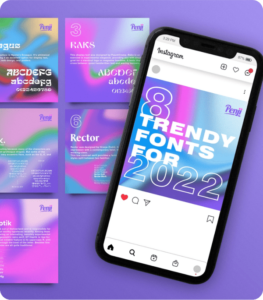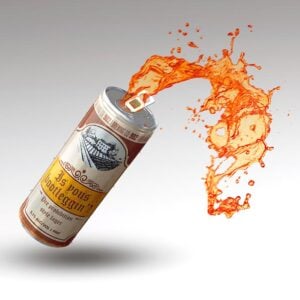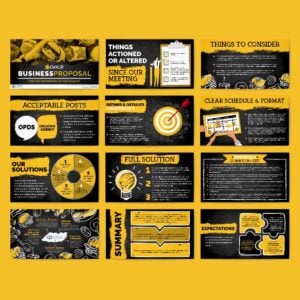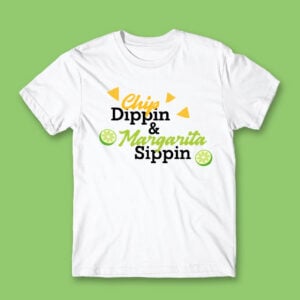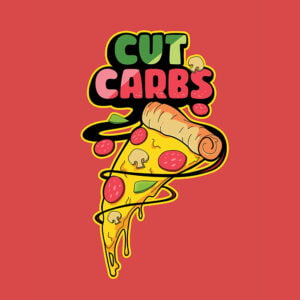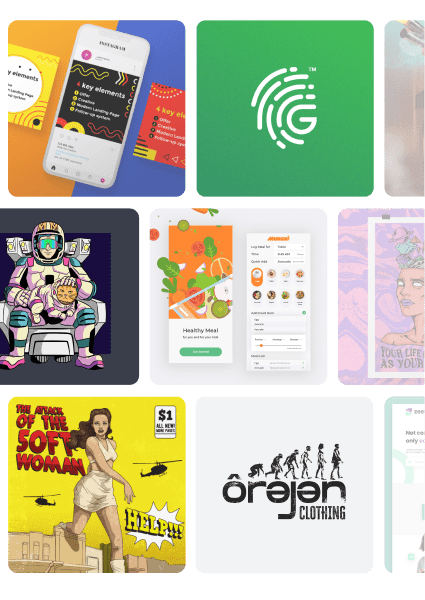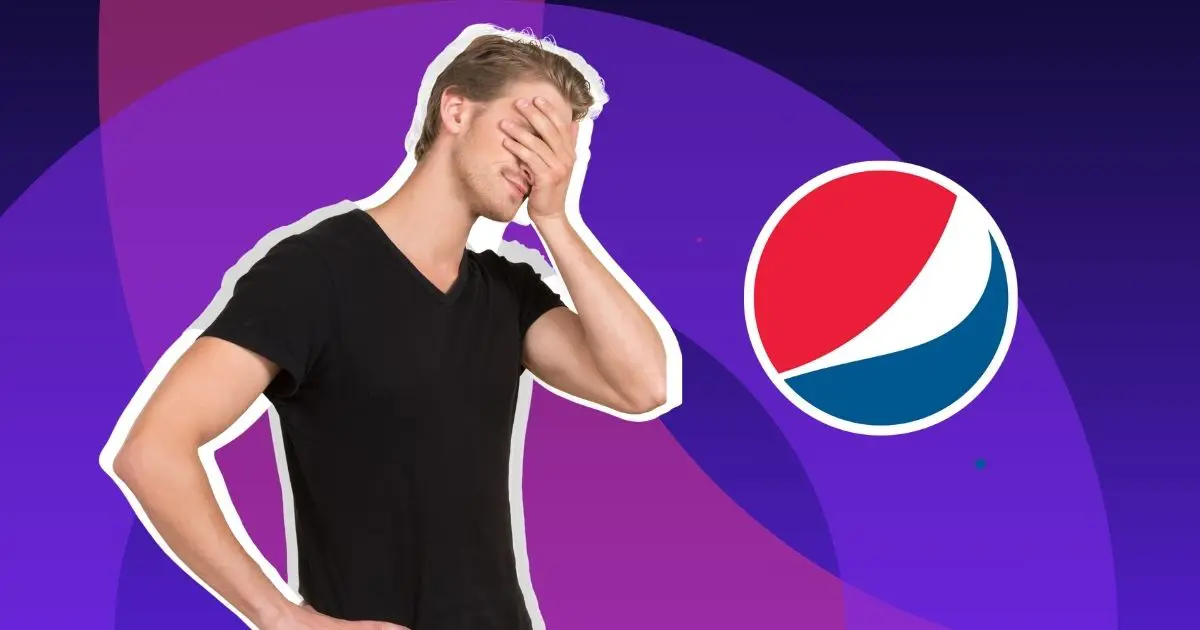
What’s the biggest promotional item you can promise your customers to encourage them to buy more of your product?
For Pepsi, it was a fighter jet.
But whether they delivered on their promise or not is a whole different story.
Let’s turn back the wheels of time and look back at one of the biggest marketing blunders that led Pepsi’s campaign to crash and burn.
Pepsi’s 1995 Fighter Jet Commercial
In the 1980s and 90s, Pepsi was the epitome of coolness for young people, and its marketing team maintained that image.
It is, after all, trying to win the cola wars against Coca-Cola, which has always been the more valuable brand, except for a brief period in 2005, as seen in this chart from Sherwood:
Image Credit: Koyfin and Chartr via Sherwood
Pepsi got some of the most famous personalities to endorse their product—Madonna, Michael Jackson, Cindy Crawford, Shaquille O’Neal, and the Spice Girls, among many others.
In 1996, the soda brand launched a campaign titled Pepsi Stuff. It’s a loyalty program that gives out Pepsi Points through Pepsi packages and cups. These points can be exchanged for merchandise such as shirts, jackets, bags, hats, and mountain bikes.
The offer was simple and irresistible: “Drink Pepsi. Get Stuff.”
Hustle compiled the merch customers can get, along with the corresponding points needed based on the 1996 Pepsi Stuff catalog:

Image Credit: Hustle
Sounds like a fun and harmless campaign so far, right? But here’s where things get complicated. Pepsi launched the campaign through a Super Bowl ad in 1996, with a humorous twist:
Pepsi’s Harrier Jet Commercial from nonfps YouTube channel
A Joke Without a Disclaimer
As seen towards the end of Pepsi’s jet commercial, the company offered a military-grade Harrier jet as the ultimate prize, valued at seven million Pepsi Points.
The jet part was meant as a joke. Without any form of disclaimer, however, one viewer decided to take it seriously: a 21-year-old business student named John Leonard.
Upon close inspection, Leonard realized that Pepsi allows the purchase of Pepsi Points for $0.10 each. This detail totally changed the game as it meant that he could buy 7,000,000 Pepsi Points for $700,000 and, with those points, acquire a fighter jet worth $23 million at that time.
Determined to make the most of the situation, Leonard borrowed money from five investors, putting together $700,000. He then mailed the check to Pepsi, along with a $10 shipping and handling fee and 15 labels to comply with the promo rules.
Screenshot from Pepsi’s Harrier Jet Commercial accessed via nonfps YouTube channel
Pepsi, however, returned the check and refused Leonard’s demand. According to the case file, the soda company said the aircraft in Pepsi’s jet commercial was “fanciful and is simply included to create a humorous and entertaining ad.”
Pepsi also apologized for “any misunderstanding or confusion” that Leonard may have experienced. In addition, they also offered him free product coupons.
However, Leonard was unfazed and took the case to court, leading to the now infamous Leonard v. Pepsico Inc. or the Pepsi Points case.
Long story short, the court sided with Pepsi, and Leonard didn’t get his jet. In the end, Pepsi remade its commercial, updating the value of the jet at 700,000,000 Pepsi Points.
In 2022, Netflix released “Pepsi, Where’s My Jet?,” a docuseries about the case.
Image Credit: Netflix
What Marketers Can Learn from Pepsi’s Jet Promo
Despite winning the lawsuit, the case left Pepsi’s brand image in a tailspin. Here are a few lessons we can learn from the mishap:
Disclaimers, disclaimers, disclaimers
First lesson – never assume. Something might already seem obvious, such as the humorous jet in the commercial. Still, you can’t be 100% sure how the audience would interpret your message. That said, a disclaimer is the best way to ensure that you’re safe from lawsuits and other reputational risk. Disclaimers offer a black-and-white statement that would prevent misunderstandings in the future.
Don’t Overpromise
Even though Pepsi didn’t intend to offer a jet, the mere act of suggesting so in the ad paved the way for consumers to think that they were offering an extravagant – albeit unreasonable – deal. Somewhat akin to PS5 and how its shortage contributed to Sony being the most hated brand in the world, the critical lesson here is never to mislead customers or promise something you can’t deliver.
Balance Creativity and Honesty
The jet element in the Pepsi ad was indeed a clever way to catch the audience’s attention. However, other creative ways exist to achieve the same impact without leading to a lawsuit that causes terrible PR for the brand. Yes, it’s best to push creative boundaries, but never compromise honesty, clarity, and transparency just to be able to flash something shiny in front of your audience.
Pepsi’s fighter jet commercial teaches us that though an over-the-top offer can set your campaign in full throttle, it can just as easily cause it to lose its fizz if not carefully managed.
References:
- https://sherwood.news/business/pepsi-cocacola-both-companies-have-still/
- https://thehustle.co/the-time-pepsi-got-sued-for-a-33m-fighter-jet
- https://www.youtube.com/watch?v=ZdackF2H7Qc
- https://opencasebook.org/casebooks/415-contracts/resources/1.1-leonard-v-pepsico-inc/
- https://www.netflix.com/tudum/articles/pepsi-wheres-my-jet-release-date-cast-news
About the author

Carla Deña
Carla is a journalist and content writer who produces stories for both digital and legacy media. She is passionate about creativity, innovation, and helping small businesses explore solutions that drive growth and social impact.

